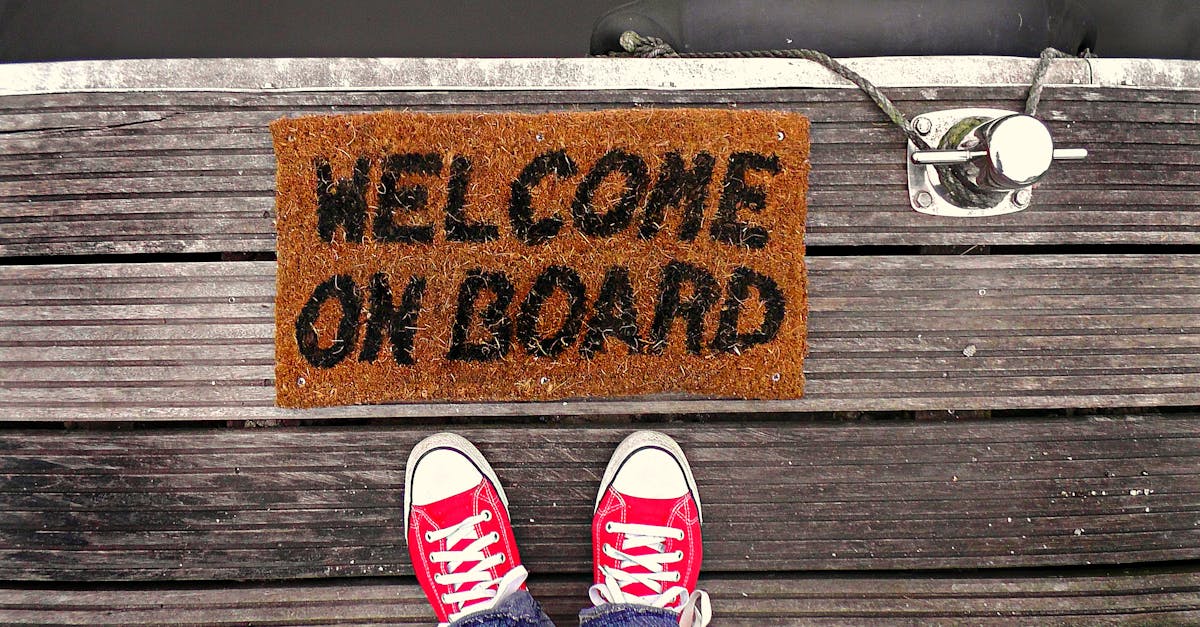
How to say welcome in Spanish?
One of the simplest and most natural ways to express welcome in Spanish is to use the verb acoger. This verb means to receive warmly. It is often used to describe the feelings of family members towards each other, or towards friends who visit the house.
If you are welcoming someone to your home, you can use the verb acoger to express your feelings. If you are welcoming multiple people, such as coworkers or friends, you can use the plural form, aceptar. The phrase “buenovenido” is the most common way to welcome someone.
You’ll also often hear people say “hola” or “buenos días” to someone they’ve just met. Using the right intonation and body language is also important when showing someone you’re glad they’re here.
Here are a few ways of welcoming people in Spanish:
How to say happy birthday in Spanish?
Not many people say “ feliz cumpleaños” when they see someone celebrating their birthday, but it’s a phrase you’ll definitely want to learn. To say “Feliz cumpleaños” in Spanish, start by saying “Feliz” and then add the Spanish word for “birthday” (cumpleaños).
If you want to express your warmest wishes to someone on their birthday, you can say Feliz Cumpleaños or simply Cumpleaños, which is used for both genders. Even if you’re not familiar with the Catalan or Andalusian way of saying “Happy birthday,” this phrase is also used in many other countries in Latin America, like Colombia, Peru, and Venezuela.
To wish someone a happy birthday in Spanish, you can use the phrase Cumpleaños felices (happy birthdays). If you want to express your warmest wishes to someone on their birthday, you can say Feliz Cumpleaños or simply Cumpleaños, which is used for both genders.
This phrase is also used in many other countries in Latin America, like Colombia, Peru, and Venezuela.
Spanish how to say hi?
The most common way to say ‘Hi!’ in Spanish is hola (ah-loah). It is a very easy greeting to learn and use, and it can be used in almost any context. It is a very friendly way to greet someone, whether you are speaking to someone you know or a complete stranger.
If you want to be extra friendly, you can add the interjection ché or guay (chee or gwahee) at the end of the word h If you don’t know the local customs, you may feel a little nervous when it comes to saying hello. But a little awareness can help you learn how to be friendly and welcome new people to your home, your neighborhood, or your workplace.
And no matter where you’re from, you can always try to use your native language to express your warmest feelings. That usually works wonders! If you want to use a simple hello in common situations, you can use the word hola. For example, you can say hola when you get in a taxi, when you enter a building, or when you are shopping in a store.
You can also use hola when you are speaking to someone you already know.
How to say good morning in Spanish?
If you’re in Spain during the holiday season, you might be used to waking up to the sound of the town’s church bells. But if you’re traveling to Spain during the rest of the year, you’ll be used to waking to the sounds of your alarm clock.
Whether you’re waking up in a shared room or in your own apartment, when you wake up in the morning, your first thought will likely be: “¿Qué onda?” Don’t be afraid to greet your housemates and coworkers in Spanish! Just make sure you use the right intonation to show that you’re awake and paying attention to what’s going on around you.
The two most common ways to say good morning in Spanish to friends and coworkers are “Buenos días” (good morning) and “Buenas noches” (good evening).
Other common ways to say good morning in Spanish include “Buenos días, mañana será un gran día” (good morning, it will be a great day tomorrow), “Buenos días, qué te parece?�
How to say welcome in French?
Some people believe that French is a hard language to learn, but this couldn’t be further from the truth. In fact, it can be quite easy to learn if you dedicate some time to it every single day. Plus, you can learn French in no time when you combine your studies with French podcasts.
These are easy to download and listen to while you’re on the go, and they’re great at helping you learn new French words. To express your welcome in French, use the verb “accueillir” (to welcome). To say “welcome” in French, use the formal noun “les bienvenus” which is masculine plural.
Note that in French, the plural form of “you” is often used when you are addressing a group of people. To say “welcome” in French, use the verb “accueillir.” This verb means to welcome someone or something. It’s very important to learn how to conjugate verbs in French correctly.
When conjugating verbs, just add the ending -er to the present tense, -ir to the ir present tense, -re to the present or subjunctive tense and -oir to the imperfect or past tense.
If you’re






